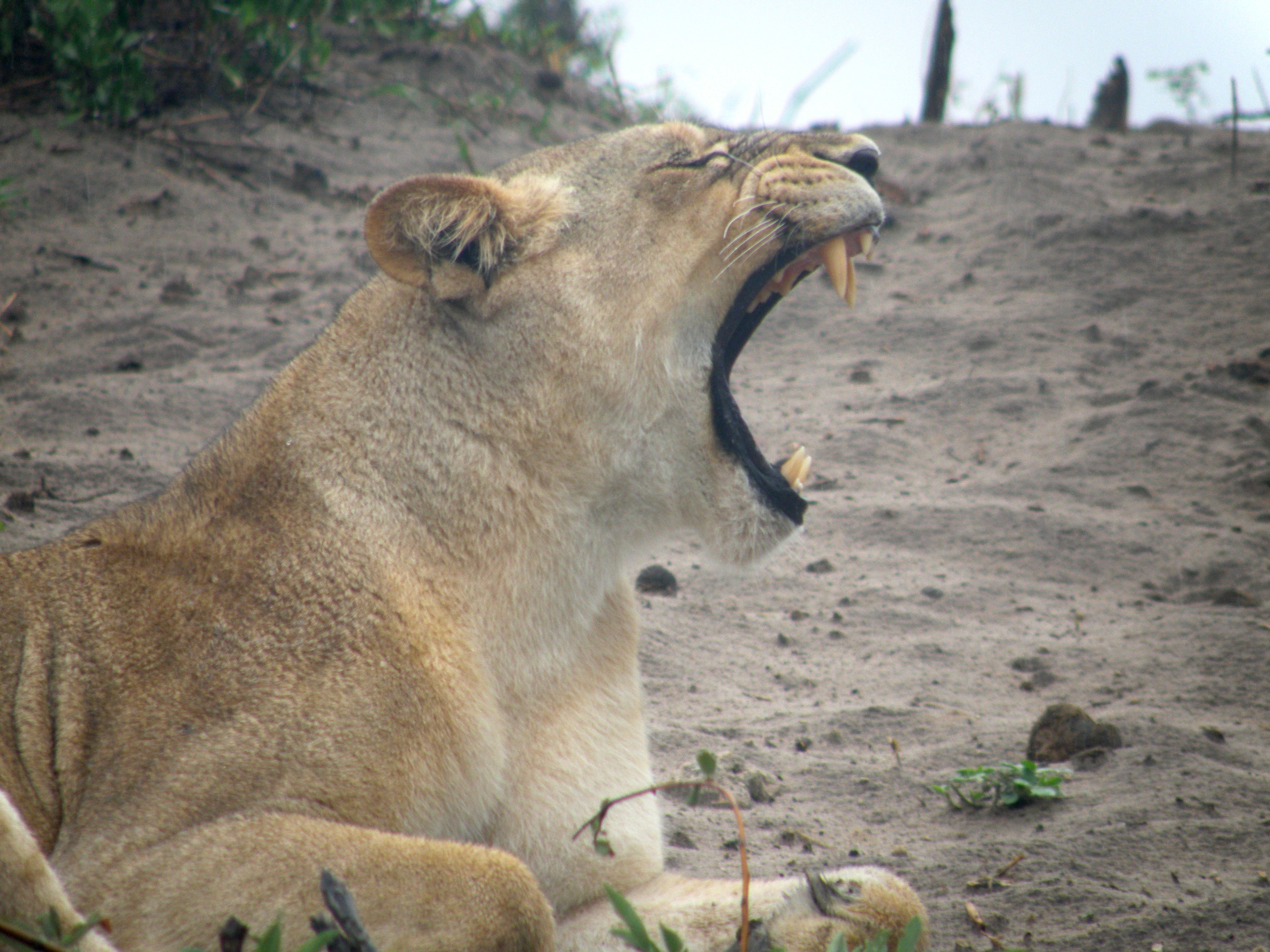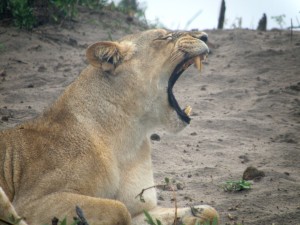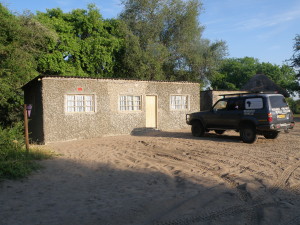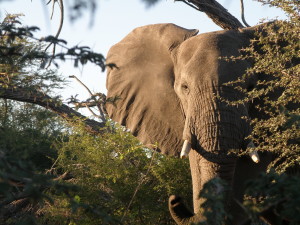Encounters with crop-raiders by James Stevens
May 18, 2015The economics of human- elephant conflict mitigation – by Amy Chamberlain
May 27, 2015Update from the field – Gus Pitfield

Dear all,
My name is Gus, I am an MSc student studying male elephant sociality and social structure here in the Makgadikgadi Pans National Park, Botswana. I have now been working with EfA for almost four months! Around half the time I will be out here in the field. Life is still as fantastic as ever and the park still wonderful, although, it is starting to change in big ways. The zebra and wildebeest have arrived in force, or at least in my opinion… Apparently this is just the beginning! What was once a good variety of grasses and flowers, is now dust, sand and hoof tracks. I am hugely excited to see what the next few months will bring. Being here for both the wet and the dry season is a privilege and as an ecologist something that is the stuff of dreams. I grew up watching the great migration on TV, now I get to watch it in the flesh… Flies, dust and all!
The wildlife highlights since I wrote my first EfA blog entry in January have been numerous! Bird life here is always amazing; wattled crane and saddlebilled stork have taken up residence along my favourite stretch of river, wydah birds (both shaft tailed and long tailed) have grown their spectacular breeding plumage and the chicks of a nesting pair of hornbills that live in a tree next to my tent have finally hatched! I have had multiple sightings of lion and leopard in the park, always a privilege. Elephant sightings are common and sometimes too close for comfort, they have been browsing in our tent area quite a lot recently. Hippo remain my favourite animal and will always be a welcome visitor to the wetlands across the river from camp. Butterflies, especially the African monarch, have peaked and are sadly starting to tail off. Identifying specimens when they fly past was a nice distraction from data analysis! I did my undergraduate dissertation on butterfly abundance across the UK; it is nice to stay connected to organisms you have previously studied, even if only as a hobby.
As mentioned above, analysis for my project has begun and I am starting to get a good idea of how the bull elephants socialise here in the park. There are lots of avenues to pursue in terms of further research that would build on our findings. Either way it could pave the way for many questions that would further our knowledge of the social systems of an animal that was once thought of as a bit anti-social. I aim to answer questions on two aspects of elephant life here in the park. Firstly, I want to understand the social structure observed in the park. What is an average group size for male elephants and does this affect them individually or collectively in any way? The second part of my thesis will focus on individual sociality, who is with who, how long for and who are the key players to the social network in the park? Both sections are equally exciting for me, as is any opportunity to answer questions on such a charismatic and complex species. Elephants are never boring and this makes them a pleasure to work with.
I guess, all that is left to say now is where I think I will be by the next time you hear from me. I will be just coming up to the end of my time here, the dry season will be fully upon us, I will have concrete results (ish) and we will have had a very welcome visit from my supervisor Prof. Steve Harris and EfA director Dr. Kate Evans. Everything points towards a positive and intriguing few months on all fronts. I hope to learn a good deal more, have achieved my project aims and see some more of the spectacular wildlife that Botswana has to offer!



